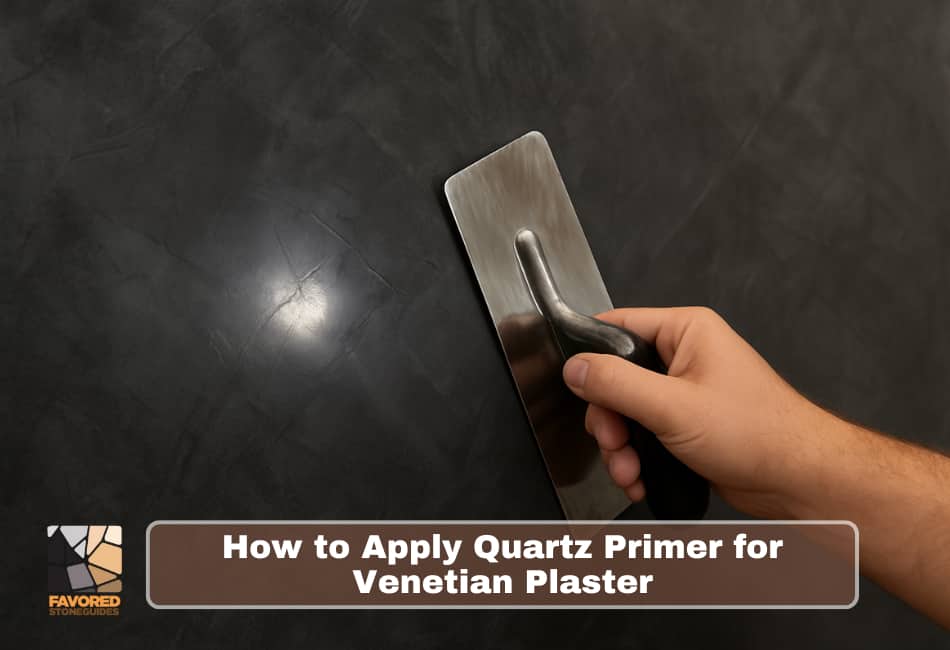When it comes to elegant, luxurious interior finishes, few materials rival the beauty and sophistication of Venetian polished plaster.
Also known as Stucco Veneziano, Stucco, or Grasello, this centuries-old technique continues to captivate designers, homeowners, and artisans.
But what makes it so special? How did it evolve over time? And why is it making such a powerful comeback in modern design?
This guide takes you through everything you need to know about Venetian polished plaster—its rich history, practical benefits, application techniques, and why more artisans are embracing this timeless craft.
The Ancient Origins of Venetian Plaster
Venetian plaster has a history that stretches back thousands of years. Its earliest use dates as far back as 5,000 BC in Egypt, where it was used to create protective, decorative finishes inside tombs and temples.
Later, Greek and Roman civilizations adopted and refined these plastering techniques. Roman architects were especially skilled, using lime-based plasters to create both structural and decorative surfaces in their grand buildings.
By the 15th century, the art of plastering reached new heights in Venice, a thriving hub for architecture and design.
Venetian plaster was perfected during this era, offering a beautiful yet practical solution for walls in the city’s humid climate.
From Venice, the technique spread across Spain, France, and the rest of Europe, inspiring countless interpretations along the way.
The Composition and Properties of Venetian Plaster
At its core, Venetian plaster is made from lime putty mixed with marble dust or other aggregates. This natural composition creates a finish that is:
- Durable and long-lasting
- Breathable and resistant to moisture buildup
- Capable of developing a deep, marble-like sheen through burnishing
- Highly adaptable for both traditional and modern aesthetics
Thanks to its versatility, Venetian plaster can be customized with pigments, decorative waxes, metallic effects, and more to achieve a wide range of looks—from classic stone to modern industrial finishes.
The Practical Benefits of Venetian Plaster
Venetian plaster isn’t just about looks. It offers a wealth of practical advantages that make it a smart choice for both homeowners and designers.
Here are its key benefits:
- Timeless Aesthetic: It provides a classic, sophisticated look that suits traditional and contemporary spaces alike.
- Versatility: It can be applied to walls, ceilings, plasterboard, tile, timber, and even furniture.
- Durability and Longevity: It stands the test of time. Many Venetian buildings still showcase walls finished centuries ago that look as fresh as the day they were applied.
- Customizability: It can mimic concrete, rust, marble, metallics, or be embedded with stenciled designs and logos.
- Breathability: Its lime base allows moisture to evaporate, reducing the risk of mold and promoting healthier indoor air.
- Temperature Regulation: It has natural insulating properties that help keep interiors cooler in summer and slightly warmer in winter.
- Acoustic Benefits: It reduces noise for quieter living spaces.
- Low Maintenance: A simple dusting and occasional wipe are enough to keep it looking pristine.
- Added Property Value: Venetian plaster feature walls can boost a home’s market appeal and value.
Why More People Are Choosing Venetian Plaster as a Career
If you’re thinking of learning Venetian plastering, you’re not alone. More artisans are entering the trade, drawn by its creative rewards and strong market demand.
Key reasons why this trade is growing:
- Low Startup Costs: The initial investment in tools and materials is relatively affordable compared to other trades.
- Less Strain on the Body: Compared to traditional plastering or painting, Venetian plastering is easier on the back, shoulders, and wrists.
- Emotional Satisfaction: Watching a wall transform into a glowing, polished masterpiece is a deeply rewarding experience.
- High Profit Margins: Pricing typically ranges from £70–£110 per square meter in the UK, $10–$50 per square foot in North America, and $200–$300 per square meter in Australia.
- Growing Demand in Design: There’s rising demand for bespoke, high-end finishes in luxury homes, boutique hotels, restaurants, and commercial spaces.
The Step-by-Step Process of Applying Venetian Plaster
Applying Venetian plaster is a meticulous, multi-step process that requires patience and skill.
Here’s an overview of the application:
- Surface Preparation: The surface must be smooth, clean, and dust-free to ensure the plaster adheres properly.
- Base Coats: Multiple thin layers are applied using a steel trowel or spatula. Each layer needs time to dry before the next.
- Burnishing: The surface is compressed and polished after each coat to develop its signature sheen.
- Waxing: A final layer of protective wax is applied to enhance shine and protect against moisture. Decorative waxes can also be used for effects like pearlescent, bronze, or gold finishes.
Each project is unique, with no two walls looking exactly the same—a testament to the artisan’s individual skill and technique.
Venetian Plaster Beyond Walls: Expanding Creative Possibilities
Venetian plaster isn’t just for walls. Many artisans are now exploring its potential in other applications, including:
- Furniture upcycling, using plaster finishes on tables, sideboards, or cabinetry
- Decorative art panels that can be sold as high-end home decor
- Custom logo or branding inlays on feature walls in commercial spaces
- Film and television sets requiring authentic historical or luxury finishes
- Liquid metal applications for stunning countertops, bar tops, or architectural details
The creative potential is virtually limitless, making it a versatile medium for both interiors and artistic expression.
Common Challenges and How to Overcome Them
Like any craft, Venetian plastering has its challenges. Being prepared can help you avoid common pitfalls.
Here are typical challenges and solutions:
- Timing: Projects can take longer than anticipated. Plan extra time to avoid rushing.
- Cleanliness: Dust or debris can ruin a finish. Maintain a spotless workspace.
- Client Expectations: High-end clients can be demanding. Clear communication is key.
- Color Matching for Repairs: Keep detailed records of every project so you can replicate colors and techniques for touch-ups.
- Preparation: Proper surface prep is essential for a flawless finish.
Slow, steady work pays off in this craft. Avoid rushing to protect your reputation and results.
Tips for Success in the Venetian Plaster Industry
For those starting or growing a Venetian plaster business, these success strategies are essential:
- Build your reputation by consistently delivering quality results
- Take professional photos and videos of your work to showcase your portfolio
- Use social media to share your projects and attract new clients
- Emphasize value over price when pitching to clients
- Offer competitive rates at the start to build experience and a client base
- Take pride in every project, no matter the size or budget
- Rely on word of mouth—recommendations are powerful in this niche
Final Thoughts
Venetian polished plaster isn’t just a wall finish—it’s an artform that bridges ancient craftsmanship and contemporary design. Every surface carries a story of tradition, skill, and individuality.
Choosing Venetian plaster means investing in a finish that offers timeless beauty, unmatched durability, and a one-of-a-kind aesthetic. For artisans, it’s a deeply satisfying craft that rewards patience, creativity, and attention to detail.
Whether you’re transforming a home, designing a boutique hotel, or exploring it as a creative career, Venetian plaster brings an enduring “wow” factor that’s impossible to ignore.

